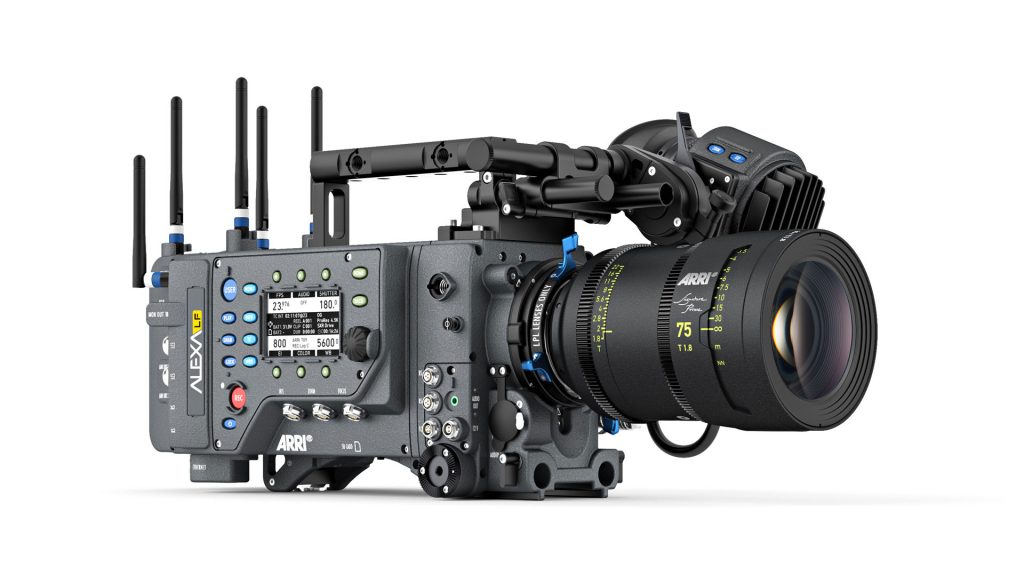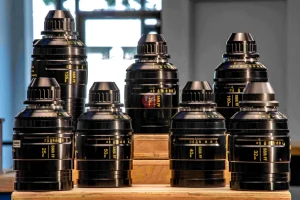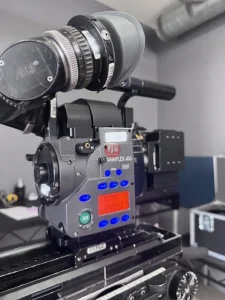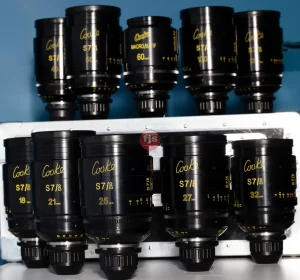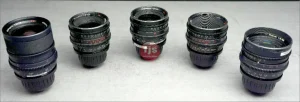Ever felt frustrated by those black bars at the top and bottom of your widescreen TV while watching an older movie? Blame anamorphic format! These films capture a wider image than standard TVs can display. Software de-squeezing tackles this by stretching the image to fill the screen. But is all de-squeezing the same? Let’s delve into the different methods and their impact on your viewing experience.
A World of De-Squeezing Techniques
- Simple Scaling: This basic method stretches the image horizontally to fill the screen. While it eliminates black bars, it can distort the aspect ratio and lead to elongated objects.
- Bicubic Interpolation: This method attempts to create smoother transitions during stretching by analyzing surrounding pixels. It can improve image quality compared to simple scaling but still introduces some distortion.
- Lanczos Resampling: This more advanced technique uses complex calculations to create smoother transitions and minimize artifacts. It generally delivers the best results in terms of maintaining sharpness and detail during de-squeezing.
- Dedicated Anamorphic Modes: Some high-end TVs and media players offer specific anamorphic modes. These utilize specialized algorithms and processing power to de-squeeze the image while preserving the original aspect ratio as much as possible.
Beyond the List: Understanding the Nuances
The choice of de-squeezing method significantly impacts the final image quality. Here’s why:
- Computational Cost: Simpler methods require less processing power but deliver lower quality. Advanced techniques like Lanczos resampling require more power but offer better results.
- Hardware Capabilities: The processing capabilities of your TV or media player influence how well it can handle de-squeezing algorithms. A high-end device might utilize more sophisticated methods, leading to better picture quality.
Conclusion: Matching Method to Needs
There’s no single “best” de-squeezing method. The ideal choice depends on your priorities:
- Prioritize Convenience: Simple scaling offers a quick way to fill the screen, but be aware of potential distortion.
- Balance Quality and Speed: Bicubic interpolation provides a balance between speed and image quality.
- Seek Highest Quality: For the best possible de-squeezed image, choose Lanczos resampling or dedicated anamorphic modes (if available).
Q&A
- Does the source content matter for de-squeezing?
Absolutely! De-squeezing is only effective for anamorphic content. Stretching non-anamorphic content will simply distort the image, regardless of the method used.
- Can I adjust de-squeezing settings?
Some TVs and media players offer options to adjust the de-squeezing level or choose specific algorithms. Experimenting with these settings can help you find the sweet spot between filling the screen and maintaining image quality.
- Is there a way to tell which de-squeezing method is used?
Unfortunately, there’s no easy way for users to identify the specific de-squeezing method employed by their device. Consulting user manuals or researching specific TV models might give you some clues.

